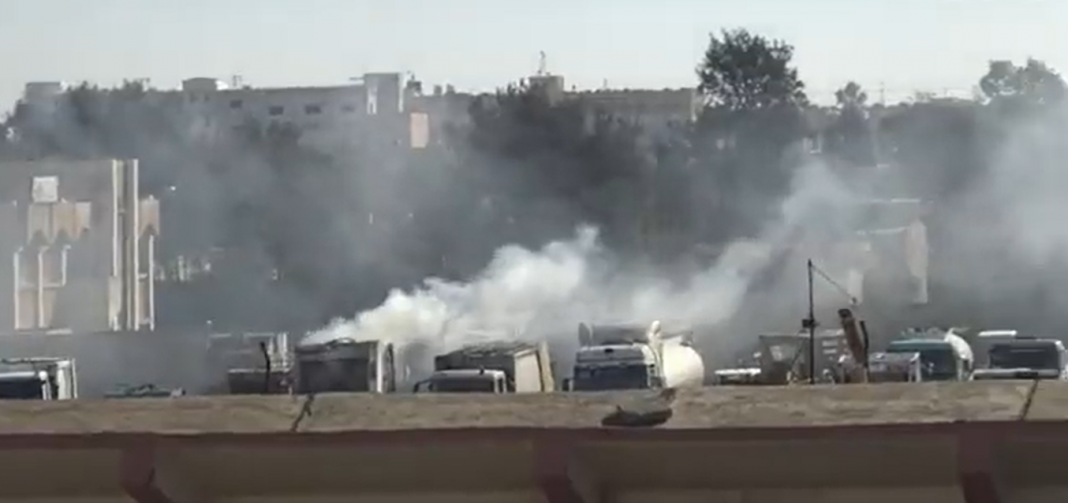By Alice Pistolesi
“A predictable tragedy that highlights the need for urgent international action”. This is how UN official Vladimir Voronkov described the siege at al-Sina’a prison in north-eastern Syria. The prison, stormed by Islamic State jihadists on 20 January, is back under the control of Kurdish forces after days of fierce gunfire between the Kurdish-led Syrian Democratic Forces (SDF) and Islamic State fighters. Clashes also affected the civilian population and caused an unspecified number of prisoners to flee.
The siege represented the biggest clash since the fall of the self-claimed Caliphate and the withdrawal of the terrorist group that occupied significant parts of Syria and Iraq until 2019. An act that, as reiterated by Secretary-General Antonio Guterres and by many observers, highlights that the ISIL threat is growing, including in Syria, where according to Voronkov, it is organised in small cells “hidden in the desert and in rural areas” that move across the Iraq-Syria border to avoid capture.
Detained children
The Sina’a prison in the city of Hasaka held 3,000 ISIL fighters and about 850 children who were arrested during the US-backed campaigns that drove the terrorist group out of Syria in 2019.
Human Rights Watch among other human rights organisations have long criticised Kurdish-led forces controlling large areas of northeast Syria for holding children in overcrowded, makeshift prisons in inhumane conditions. Prior to the attack, Human Rights Watch estimated that the SDF detained about 12,000 men and boys suspected of ISIL affiliation in the prison, including 2,000 to 4,000 foreigners from about 50 countries.
Releasing prisoners: ISIL’s strategy
Targeting prisons with the aim of freeing its detained members is not a new tactic for the ISIL Group, indeed it goes back (as recalled by Al Jazeera) to the origins of terrorist activity within the ranks of al-Qaeda in Iraq.
In November 2021, 14 attacks claimed by ISIL were launched to liberate the al-Sina’a prison, all ofwhich were foiled by the SDF. According to UNICEF, the recent violence has forced nearly 45,000 people in the area to flee. Most are women and children, some of whom have been displaced several times over the years.
An additional enemy: frost
As if that were not enough, the International Federation of Red Cross and Red Crescent Societies warned on 27 January that Syria is experiencing the highest level of acute humanitarian needs on record because, in addition to all the ongoing crises, this is one of the coldest winters in the last decade, with snowstorms and sub-zero temperatures. According to the United Nations, 14.6 million people are in need of support, 1.2 million more than in 2021, while 6.9 million people are displaced. Hassakeh, the scene of the recent violence, is one of the worst affected regions with temperatures below zero: snow has also covered the Al-Hol camp, home to more than 60,000 displaced people.
The situation in Syria is worse than ever,” said Mads Brinch Hansen, head of the Federation in Syria. “The price of basic necessities such as food and fuel has skyrocketed, making them unaffordable for most people, the escalation of violence is intensifying and Covid-19 continues to place an additional burden on communities. At the same time, funding for humanitarian actors is shrinking”.
Ninety per cent of the population in Syria live below the poverty line and 70 per cent face severe food shortages. In 2021, Syria also faced its worst drought in 50 years.
Cover Image: a frame from a video of the attacks, published on Twitter by Ypg Press Office
























